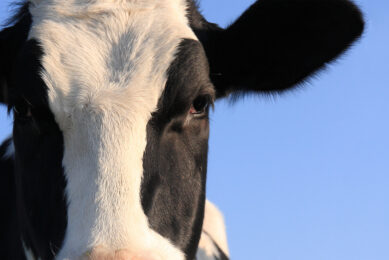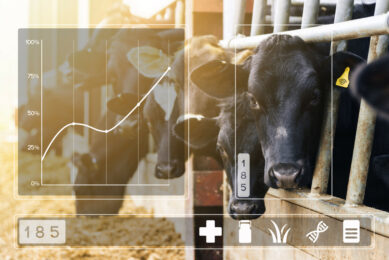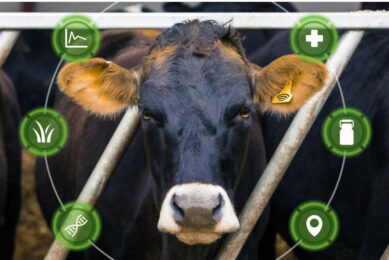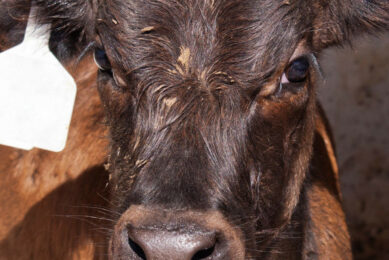Does AI have an expiration date?
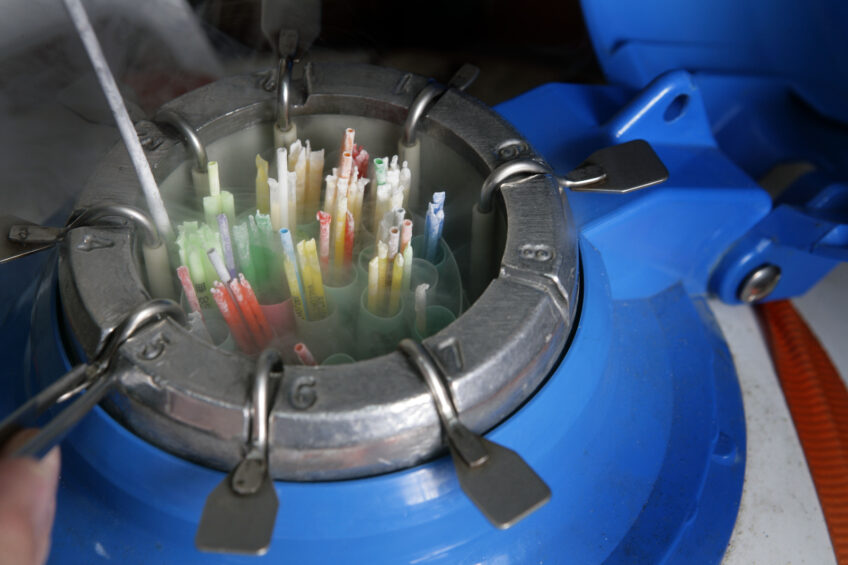
Artificial insemination (AI) has been around for about 75 years. It was a great stride forward in dairy cow reproduction and advancing genetic progress. But does AI have an expiry date? Is the large scale adoption of genomics, ovum pick-up and in vitro ?fertilisation the future? The answers to these ?questions are ambiguous.
Taking genetic progress to the next level is what many in the dairy industry dream about. And just to be clear, the possibilities are there, and in some places already in use on a daily basis. Ovum pick-up used in conjunction with in vitro fertilisation (IVF) has been around for some 20 years now.
The trans-vaginal collection of eggs allows for the removal of oocytes from ovaries of donor female animals, fertilising these oocytes with the use of IVF outside the body, and enabling larger numbers of fertilised embryos to be available for implantation in recipient animals, mostly into genetically inferior cows, ideally with good motherly instincts.
The use of genomics was added to the breeding toolbox more recently. Predicting performance or trait expression by sequencing the cow’s DNA speeds up breeding and selection drastically. By using genome sequencing to identify economically important characteristics there is no need any more to score and monitor cows for generations to know how the genes of a certain cross express themselves. On top of that, DNA sequencing can be used on commercial dairy farms to identify elite animals and discard the animals with less desirable traits.
The next level in breeding for the dairy industry
If dairy farmers would use the combination of genomics, ovum pick-up and IVF, artificial insemination could become obsolete. This is what Gary Hennip, from Penn State University, concluded in an article he wrote on the Dairy Herd Management’s website. He asked himself if the dairy industry is ready to move to ‘the next level’ using genomics, ovum pick-up (OPU) and IVF. He envisions that the industry may see a significant number of both commercial and registered dairy breeders use these technologies together on tomorrow’s dairy farm.
According to Hennip many will use genomics to determine the elite females on the farm or to purchase elite females from other dairy producers for use as OPU donor animals. The dairy farmers will use OPU and IVF technologies on these elite females using high genomic sires whose semen has been sexed and the resulting embryos will then be transferred into “recipient” animals that have been purchased to become surrogate dams.
He acknowledges that there are certainly obstacles to overcome before there will be a widespread use of these combined technologies, including cost concerns, a lack of widespread understanding of the potential benefits and the general cautiousness. That said, the same concerns were present during the introduction of artificial insemination many years ago.
Artificial insemination is here to stay
As promising as ‘new’ technologies seem, there is a long way to go before they will be in common usage on commercial dairy farms. That is the expectation of breeding expert Roel Veerkamp, professor in numerical genetics at Wageningen University. He sees the cost involved in the process of genomics, ovum pick-up and IVF as a technique and as an everyday operation as a hurdle for broad scale introduction. “It’s a complicated procedure, too complicated for the average farmer or farm hand. On the other hand artificial insemination is reasonably cheap and very easy to learn and bring into practice.” Veerkamp doesn’t expect the costs of OPU, IVF and the transfer of embryo’s into receiving animals to decline that much that these techniques can compete with artificial insemination. “And if it does, I don’t see the added value of it. Even if one uses genomics to determine what the best cows of the herd are, one has to take in account that the reliability of a genomic evaluation is only about 60%.” He identifies an important pitfall. “One can make the wrong selection. Only if you select a lot of animals with a high genomic potential, are you in the ball park. This is exactly opposite to the principle of effective selection these techniques could bring according to the proponents.”
Reed Business Media
Veerkamp foresees more reservations, especially at farmer level. “I think a lot of farmers are hesitant in exposing their animals to these techniques. One has to use hormones to induce super-ovulations and to synchronise the receiving cows. These practices will encounter public resistance at some point. Society and the farmers themselves want to stay as close to the natural way of reproduction as possible.”
Top of the cow breeding pyramid
Adoption of genomics, ovum pick-up and in vitro fertilisation has far more potential at the top of the breeding pyramid. “At this level it is very interesting to have the ability to create the best offspring in greater numbers and faster than before. With genomic selection it is then possible to select the best of the best for future breeding programmes.” According to Veerkamp concerns about costs are out the window at this level in the pyramid. “Earn back time will be short when a sire can be marketed worldwide with thousands or even millions of semen straws to be sold.” This will not happen in the situation where an individual farmer hopes to get 50 or 60 offspring on a farm level.
Genomic selection on its own will hit commercial farming soon. Regarding this Veerkamp and Hennip are on the same page. In the selection of surplus livestock and in an effort to keep the best, it is a very useful technique, without it being too invasive, costly or cumbersome. “Indeed, I think that in five years time every heifer will have been genomic sequenced. At that stage in time the use of genomics isn’t a matter of choice, it’s a matter of fact.”
Join 13,000+ subscribers
Subscribe to our newsletter to stay updated about all the need-to-know content in the dairy sector, two times a week.



